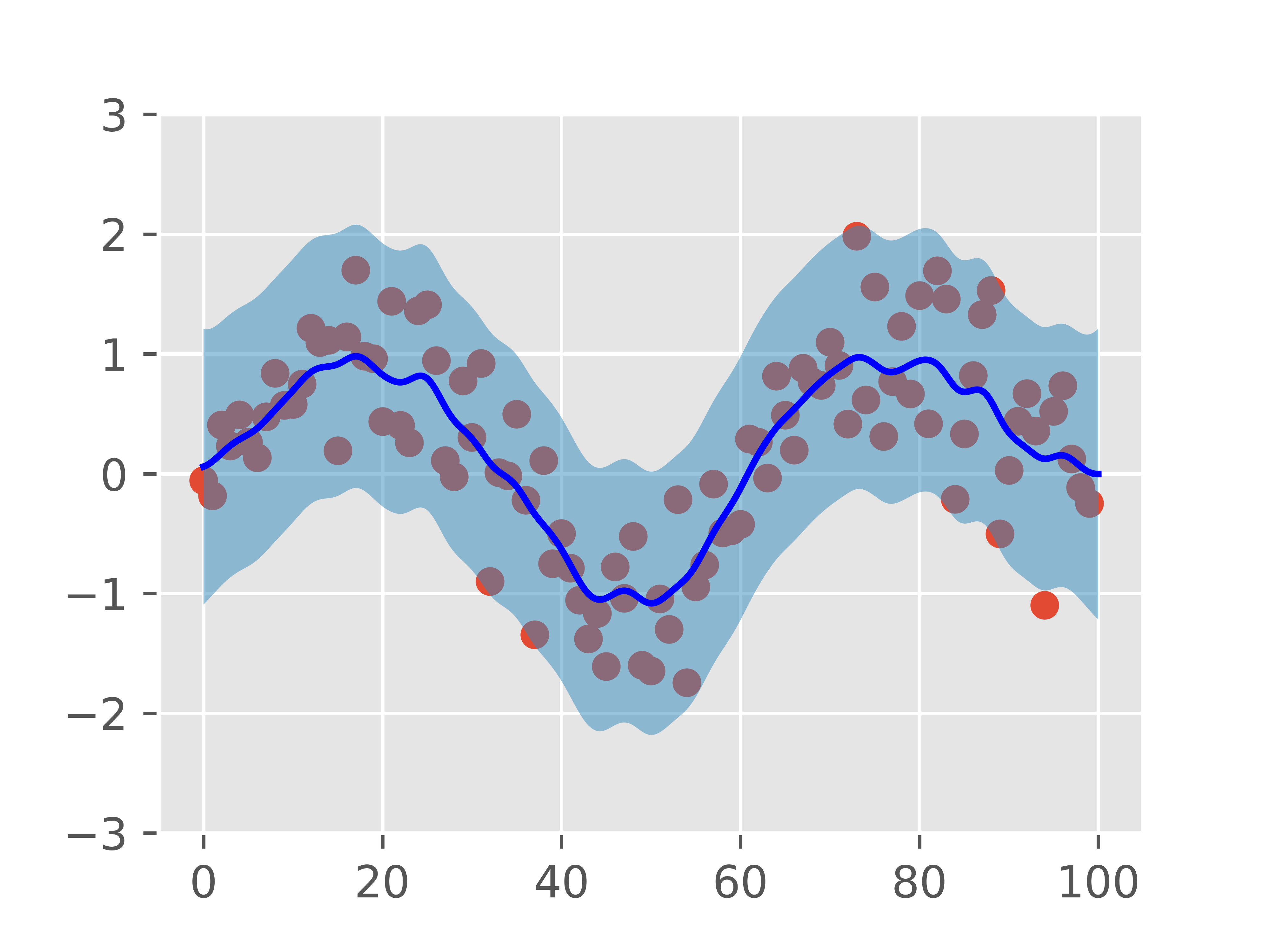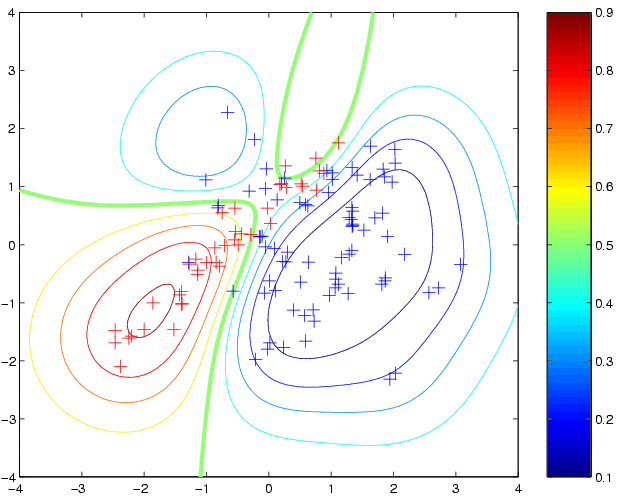



when the solvent influence on the spectrum is considered. Any number of spectra can be added on a single diagram, which is useful, e.g.Having experimental spectra you can compare it with the calculated ones on a single diagram in the same wavelength scale.Build spectrum in one step: just load Gamess/Firefly/Gaussian/Q-Chem/Spartan output containing the TDDFT/CIS data.Chemissian offer tools for building electronic UV/VIS spectra directly from the quantum-chemical data generated by GAMESS, Firefly(PC-GAMESS), GAUSSIAN, Spartan, NWChem or Q-Chem output files: Chemissian will show the information about contributions to the current molecular orbital from atomic or molecular fragments in a convinient way: on the contribution diagram or directly on the MOs diagram:īuild, visualize and interpret UV-Visible Spectra from Gamess, Firefly, Gaussian, Spartan and Q-Chem outputsĬhemissian has a rich graphical analyzer of composition of MOs and a wide range of capabilities to analyze electronic spectra of molecules. It is possible to move between energy levels simply using the keyboard or the mouse cursor. One can analyze the electronic structure of molecules.Due to the integrated graphical editor it is easy to add text labels to MO diagrams, add connecting lines between MO energy levels, occupy the energy levels with the electrons:.Chemissian tools can be used to investigate the nature of transitions in UV-vis spectra, bonding nature, etc.įor the news see news page Chemissian Features: Build Molecular Orbitals energy level diagrams

Chemissian has a user-friendly graphical interface and lets you examine and visualize the data from the output files generated by Gaussian, US-Gamess, Firefly/PC-Gamess, Q-Chem, Molpro, NWChem, ORCA, Turbomole and Spartan quantum chemical program packages. It allows one to build and analyze molecular orbital energy-level diagrams (Hartree-Fock and Kohn-Sham) analyze calculated experimental UV-VIS electronic spectrum and compare it with experimental one on the same plot calculate and visualize natural transition orbitals, electronic and spin densities and prepare them for publication. Chemissian is an analyzing tool of the molecule electronic structure and spectra.


 0 kommentar(er)
0 kommentar(er)
